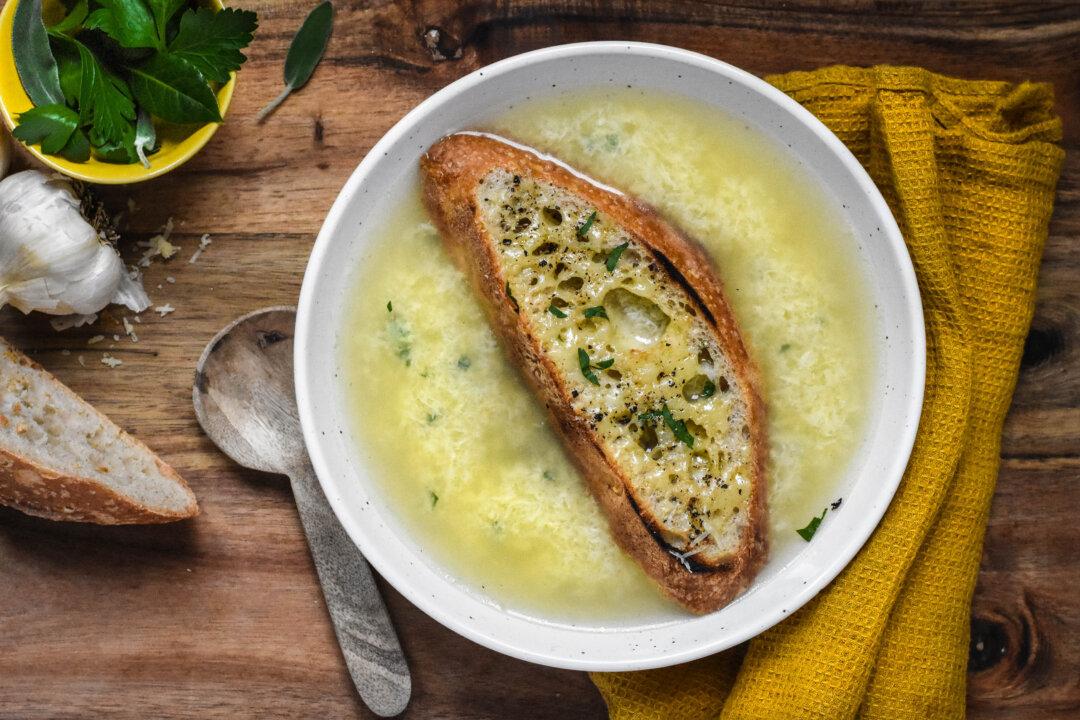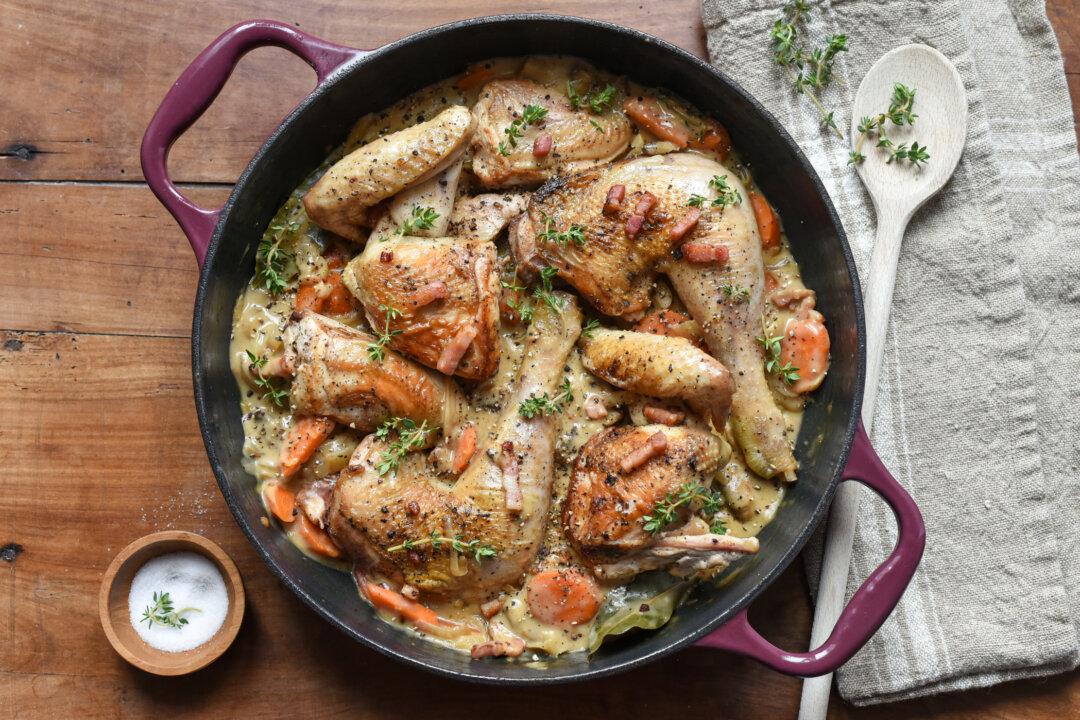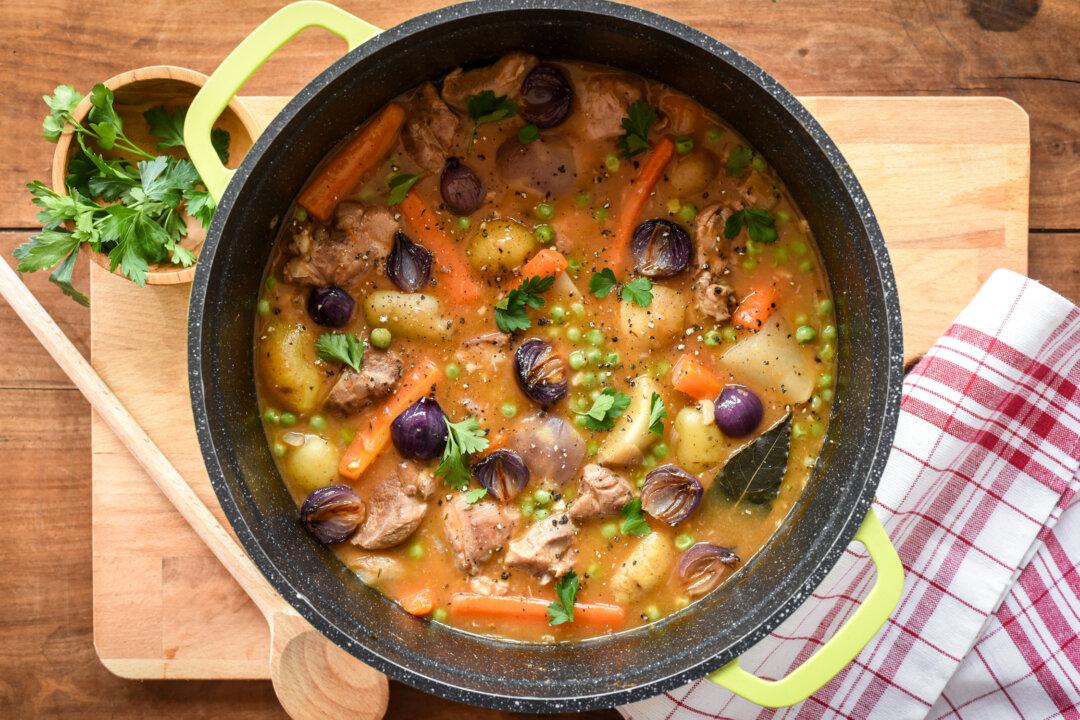Translated from the Provençal dialect as “boiled water,” aïgo boulido is an unassuming broth of garlic and sage, enriched with eggs. But don’t be fooled by its simplicity: “Aïgo boulido sauvo la vido”—“boiled water saves your life”—as the popular Provençal folk saying goes.
The simple, delicately aromatic soup has long been believed to have powerful curative properties. It was once a grandmother’s remedy for people recovering from sickness or injury, as well as birthing mothers.





